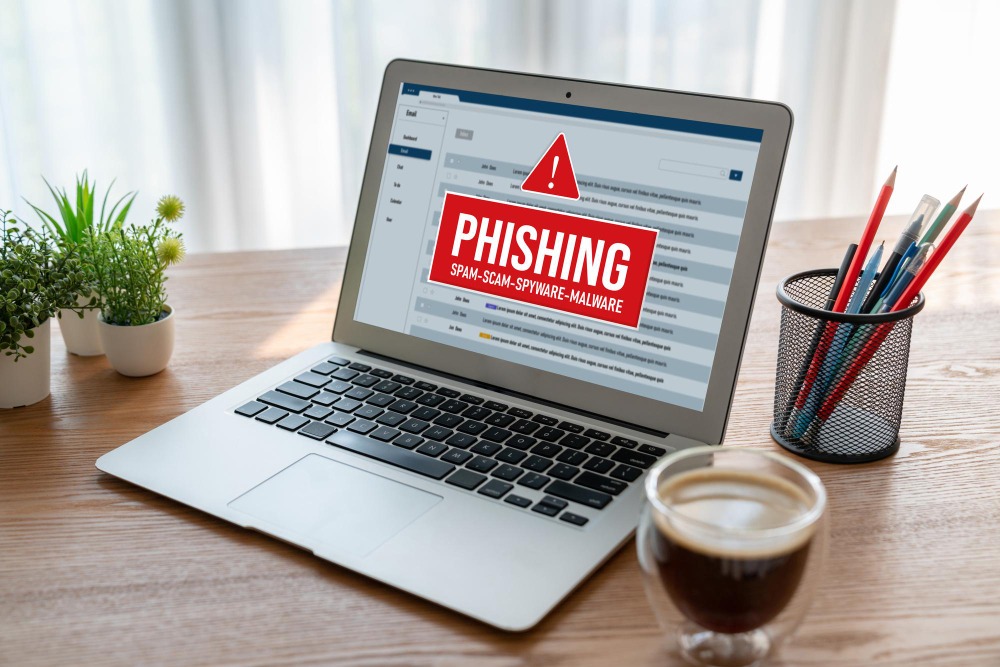How to Use a Phishing Simulation to Enhance Cyber Security

There are millions of phishing attacks in the UK every year, with countless fraudulent emails sent to personal and business accounts alike. These emails are designed to acquire sensitive information, spread malware or otherwise set up recipients as victims of cybercrime. With so much at stake, booking a phishing simulation can be a great way to highlight vulnerabilities in your organisation.
By simulating a phishing campaign, you can test employee awareness of the different types of phishing attacks and how well they respond.
The basics of phishing simulations
To simulate phishing in cyber security contexts, a firm will essentially send falsified phishing emails to your employees – this is an assessment of their digital savviness and tact when faced with dangerous scams. By doing so, you can better determine who in your team requires more training, is likely to share their passwords or other similar metrics of the sort.
The best simulations should be:
- Tailored to each business
- Realistic to genuine attacks
- Followed with actionable advice
Steps in a simulated phishing campaign
Any good phishing simulator needs to follow a set of fairly rigid steps to ensure consistency in result analysis and simulation quality.
Planning
Phishing simulation needs to begin with a solid plan. This means laying out email formats, campaign scope and choosing the right targets in the business.
Crafting the message
It’s vital that the message feels realistic, coming across convincingly as something that would be sent out in a phishing campaign. This also means including a call to action, such as a link to click or a form to fill out. The crafting phase can also involve creating multiple message formats to test staff for different vulnerabilities.
Sending the message
Next comes sending the phishing message through:
- Social media
- Other digital channels
Monitoring responses
This is where you identify the weak spots. The responses to your phishing simulation will identify which employees are most vulnerable to attacks, showing where you need to invest time and attention.
Reporting
Once the simulation is complete, the simulator will generate a detailed report of its results. This report will clearly illustrate necessary areas of improvement, more secure staff members and the most easily-swaying message formats.
Follow-up training
The report should then inform the next steps in terms of training, helping to establish and reinforce proper cyber security measures.
Why do companies use phishing simulations? The main benefits
Beyond simply exposing vulnerabilities, phishing simulations are a valuable tool for various reasons.
- Increased awareness – Going through the phishing simulation will enhance employee awareness of attacks, regardless of whether they proved vulnerable or well-defenced.
- Improved internal reporting – Firsthand experience is also likely to increase the regularity and quality of reports when possible attacks occur.
- Cost savings – Phishing attacks and data breaches can be hugely expensive for businesses. From protecting the company reputation to saving on legal fees, preparation for phishing can do wonders for the bottom line.
- Enhanced compliance – Regulations like HIPAA and PCI-DSS require businesses to have fairly strict security measures in place and phishing simulations are a good way to demonstrate commitment.
All of these benefits enhance or are enhanced by the reduced risk that can be fostered by phishing simulations. Knowing how to prevent phishing attacks from becoming major issues is essential to running a business in the 21st century. So, our advice would be to not waste any more time and book a phishing simulation in now – you never know what it might reveal about your organisation!
Image source: Freepik





